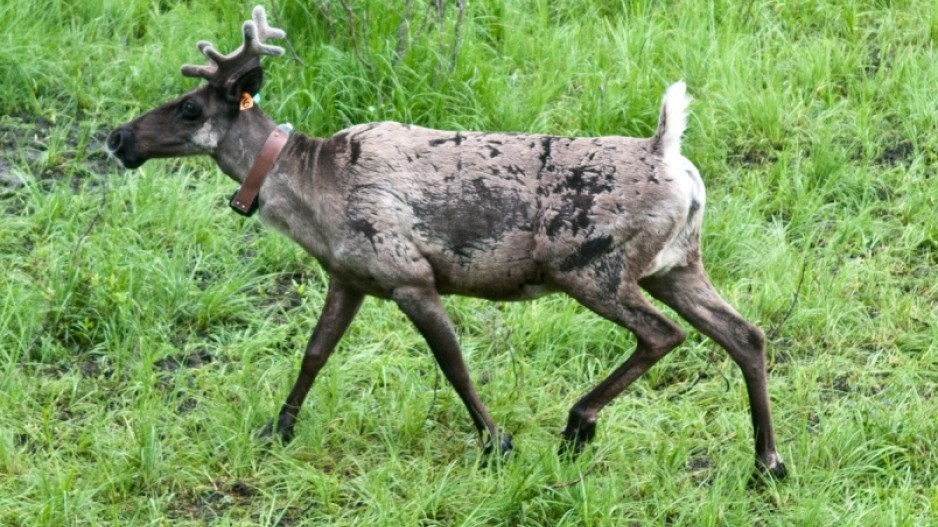When B.C.’s forestry minister announced November 2 that the B.C. government would defer harvesting on up to 2.6 million hectares of old growth forest, it was reasonable to assume that’s how much timber might come out of the timber harvest land base.
“The province has announced its intention to work in partnership with First Nations to defer harvest of ancient, rare and priority large stands of old growth within 2.6 million hectares of B.C.’s most at-risk old-growth forests,” was how the government explained it.
The ministry has since qualified that only half of that 2.6 million hectares is actually within the timber harvest land base, which begs the question: What, exactly, is being deferred on the other 1.3 million hectares?
After the deferrals were announced, forestry analysts and consultants, like Jim Girvan, were able to interrogate the government’s data and maps, and confirmed that only half of the 2.6 million hectares -- 1.355 million hecatres, to be exact -- were actually in the timber harvest land base.
The technical term for timber outside the harvest land base is “non-contributing,” which includes areas like very steep slopes where trees are not likely to ever be harvested.
“Why did the government do that?” Girvan wonders. “Why didn’t they say to the B.C. industry, ‘we’re only deferring 1.355 million hectares of timber harvest land base?’
“I think what they were doing is politically motivated – they’re trying to appease the green crowd.”
Even if only half of the 2.6 million hectares identified as at-risk old growth are within the timber harvest land base, that is still a lot of timber to lose.
If temporary deferrals on 1.3 million hectares were to become permanent, Girvan estimates that would translate into a reduction of the annual allowable cut (AAC) by 4 million cubic metres.
Girvan estimates up to 10 sawmills -- five on the coast and five in the interior – could shut down.
It may well be, however, that some of the areas identified for deferrals will not become permanent. A number of First Nations have already informed the government they disagree with the proposed deferrals.
Girvan estimates the government’s caribou habitat protection plan could remove another 6 million cubic metres from the Interior annual allowable cut (AAC). That’s if the province follows the recommended science of protecting 65% or more of a given herd’s range.
So, a worst-case scenario would be the loss of 10 million cubic metres from an AAC. That’s from a total annual allowable cut (from both tree farm licences and timber supply areas) of 62 million cubic metres.
In the case of caribou, the provincial government has little choice but to implement habitat protection plans, since it is the federal Species At Risk Act that requires these measures.
“If we don’t act, the federal government will,” Girvan said.




